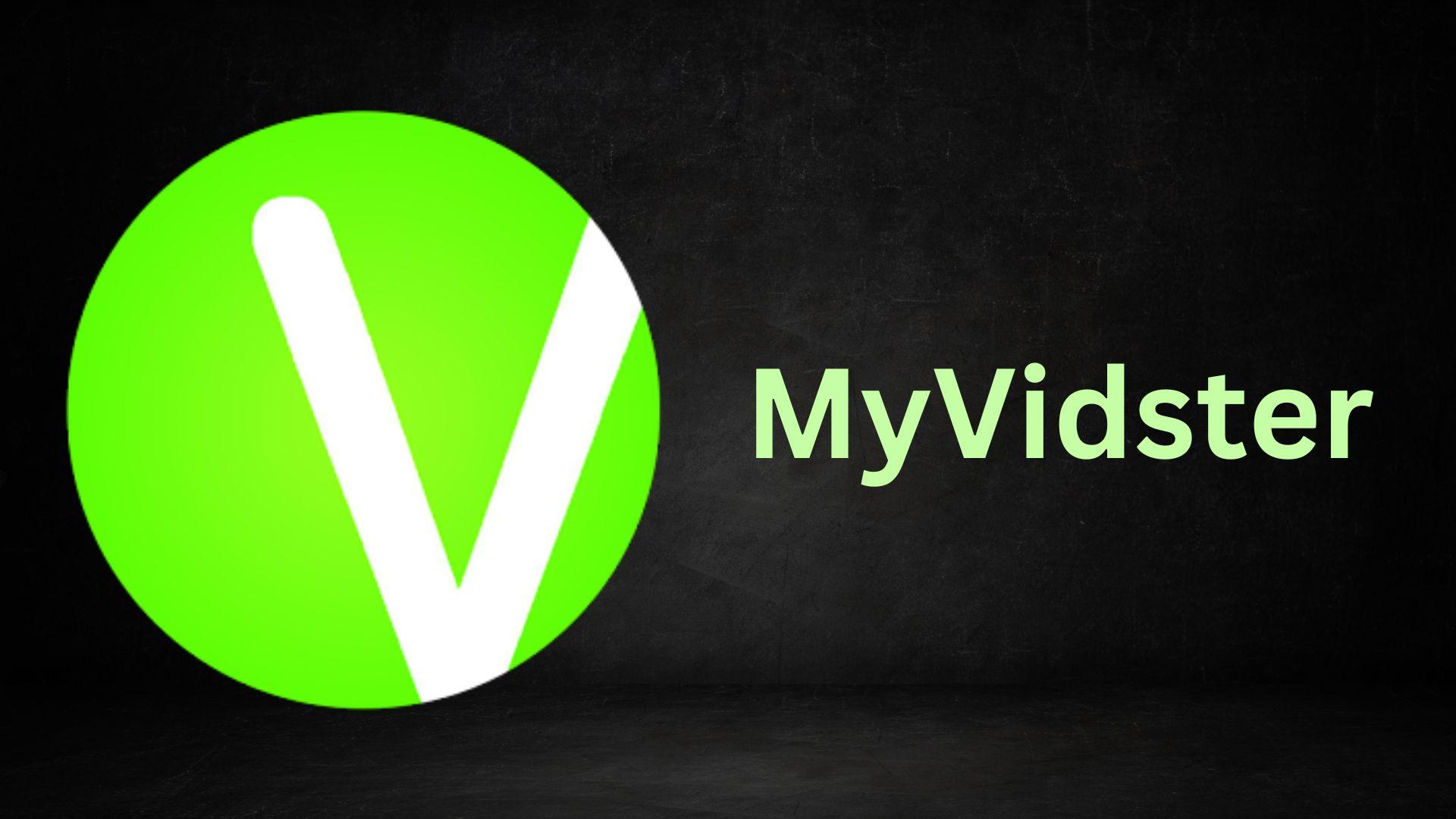What is MyVidster?
MyVidster is a social video sharing and bookmarking service that allows users to collect, share, and comment on videos from across the web. Launched in 2009, it has steadily grown in popularity due to its user-friendly interface and robust community features. Unlike traditional video hosting sites, MyVidster focuses on curating and sharing existing video content, making it an ideal platform for those who love to explore and share videos.
Key Features of MyVidster
1. Video Bookmarking
At its core, MyVidster operates as a video bookmarking service. Users can save videos from various websites into their personal collections, making it easy to organize and access their favorite content. This feature is particularly useful for those who enjoy building playlists or want to keep track of videos for future reference.
2. Social Networking
MyVidster isn’t just about video bookmarking; it’s also a social network. Users can follow each other, share video collections, and engage in discussions through comments and likes. This social aspect fosters a sense of community and makes discovering new content more enjoyable.
3. Customizable Collections
One of the standout features of MyVidster is the ability to create and customize collections. Users can categorize their saved videos into different folders, making it easier to find and share specific types of content. Whether you’re into cooking tutorials, music videos, or tech reviews, you can create collections tailored to your interests.
4. Video Discovery
MyVidster’s discovery feature helps users find trending and popular videos across the platform. The site’s algorithm suggests videos based on your interests and viewing history, ensuring that you always have fresh and relevant content to watch.
5. Privacy Controls
Privacy is a significant concern for many users, and MyVidster addresses this with robust privacy controls. Users can choose to make their collections public, private, or accessible only to specific friends. This flexibility ensures that you have control over who sees your bookmarked videos.
How to Get Started with MyVidster
Getting started with MyVidster is a breeze. Here’s a quick guide to help you set up and start sharing videos:
- Sign Up: Create an account by providing your email address or using your social media login.
- Explore and Bookmark: Browse the web and start bookmarking your favorite videos by using the MyVidster bookmarklet or browser extension.
- Organize Collections: Create custom collections to organize your bookmarked videos. Add descriptions and tags to make them easier to find.
- Engage with the Community: Follow other users, share your collections, and participate in discussions to become an active member of the MyVidster community.
Benefits of Using MyVidster
1. Centralized Video Library
MyVidster allows you to keep all your favorite videos in one place, eliminating the need to remember multiple URLs or search through different websites.
2. Enhanced Discoverability
With its recommendation engine and social sharing features, MyVidster makes it easy to discover new content that aligns with your interests.
3. Community Interaction
The social networking aspect of MyVidster adds a layer of interaction and engagement, making video sharing a more communal experience.
4. Flexibility and Control
The platform’s customizable collections and privacy settings give you full control over how you organize and share your videos.
5. Time-Saving
By aggregating videos from across the web, MyVidster saves you time and effort in finding and bookmarking content.
Potential Drawbacks
While MyVidster offers numerous benefits, it’s essential to be aware of some potential drawbacks:
- Content Moderation: As with any user-generated content platform, there can be issues with inappropriate or copyrighted content. MyVidster relies on user reports and moderation to address these issues, but it’s not foolproof.
- User Interface: Some users may find the interface less intuitive compared to other video-sharing platforms. However, the functionality makes up for this initial learning curve.
- Dependence on External Sites: Since MyVidster bookmarks videos from external sites, the availability of content can sometimes be affected if the original video is removed or the website goes offline.
Conclusion
MyVidster is a versatile and community-driven platform that offers a unique approach to video sharing and bookmarking. Its combination of social networking, customizable collections, and robust privacy controls make it an attractive option for video enthusiasts. Whether you’re looking to organize your favorite videos, discover new content, or engage with like-minded individuals, MyVidster has something to offer. Give it a try and see how it can enhance your video-watching experience.
FAQs
1. Is MyVidster free to use?
Yes, MyVidster offers a free version with essential features. There is also a premium version with additional benefits.
2. Can I upload my own videos to MyVidster?
No, MyVidster does not host videos. It focuses on bookmarking and sharing videos from other websites.
3. How can I report inappropriate content on MyVidster?
You can report inappropriate content by clicking the “Report” button next to the video. The MyVidster team will review and take appropriate action.
4. Are there any limits to the number of videos I can bookmark?
There are no limits to the number of videos you can bookmark in your collections.
5. Can I access MyVidster on mobile devices?
Yes, MyVidster is accessible on mobile devices through its website and can be used on most modern smartphones and tablets.
